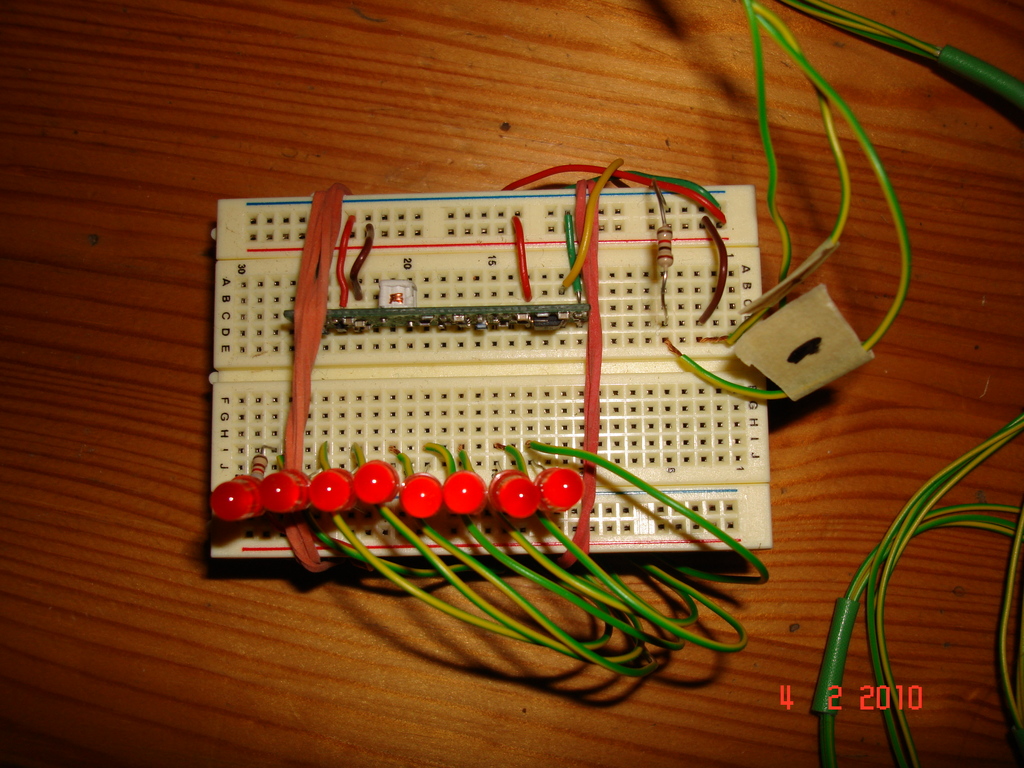

#Arduino while loop stop code
Here’s some basic code to save a measurement to the first byte of EEPROM: int eeAddress = 0
#Arduino while loop stop how to
Want to know more about how to use the different types of memory on an Arduino (EEPROM, flash, etc.)? Check out the guide I wrote here: /arduino-memory-amount-guide I’ve never seen what happens when this limit is exceeded, though I imagine the Arduino will eventually get to the point where writing to the used-up address does nothing. There is a limit on how many times the EEPROM can be written to: Approximately 100,000 writes per address. It can be thought of as a small SD card for an Arduino. EEPROM is a section of memory that is not lost when an Arduino is reset or loses power. Variables and data can be safely saved when the power is shut off by using the EEPROM, which does not lose memory when power to the Arduino is disconnected.

Any peripherals will have to be set up again.


This is one of the simplest IO operations you can perform on an Arduino, but it actually takes a very long time (over 50 clock cycles!) because of the amount of code used in the digitalWrite() method, which I'll address in the next section. For many projects, the clock cycles are shared between things like calculations, I2C communication, reading and writing to pins and registers, and many more operations.Įven then, seemingly simple commands can take up quite a bit of clock cycles, such as setting a digital pin to high. Now, 16 million instructions per second may sound like a lot (and it is, sort of), but when you consider what all an Arduino needs to do to execute even simple operations, it really isn't that much. What that means is the ATmega microcontroller can execute up to 16 million instructions per second. Why Arduinos are Slow Clock Speedįirst of all, you are only as fast as your clock (disregarding multi-core processors), which the Arduino Uno defaults to using a 16Mhz crystal. Throughout this article, I'll be focusing on the Arduino Uno since that seems to be the most common board out there, although much of this article should also apply to the other boards as well. Usually a faster feedback loop meant better performance.Īfter a few weeks of wrangling with a microcontroller to squeeze out every ounce of processing power as possible for a drone flight controller, I thought I'd write up an article to help you find ways to improve the speed and efficiency of your own projects. If you venture in to robotics (like drones or other control systems) this will become even more clear since much of the work done by the microcontroller results in IO. All of a sudden you had to think about saving CPU cycles and memory, which doesn't always come easy to programmers just starting out.Īs you'll see throughout this article, fast code is not only important for doing calculations, but even more so for IO operations. Moving from such a powerful system to a much smaller, less capable one, like an Arduino, was a bit of a shock. And then, when you got in to embedded systems, there was the rude awakening. There was little reason to optimize your code since you weren't likely to exceed the system's limits anyway. For many of us, we started out programming on desktops and servers, which seemed to have infinite memory and processing power (well, depending on when you started programming, I guess).


 0 kommentar(er)
0 kommentar(er)
